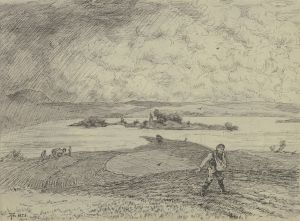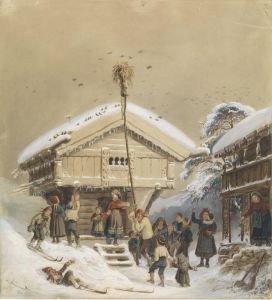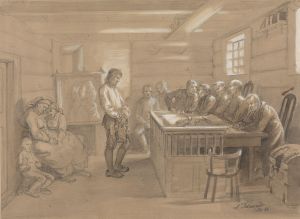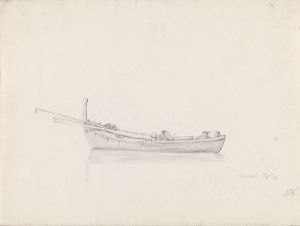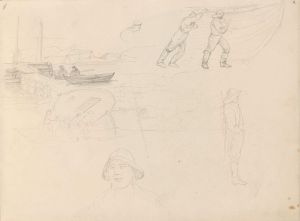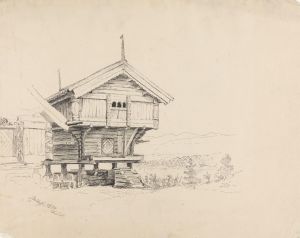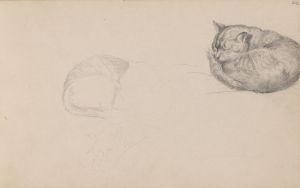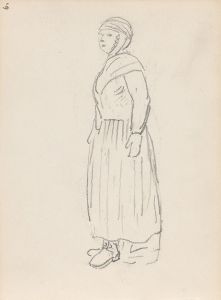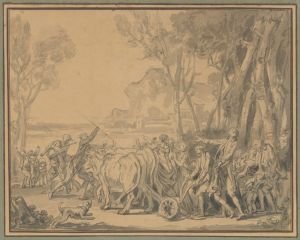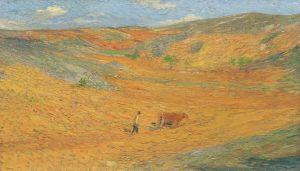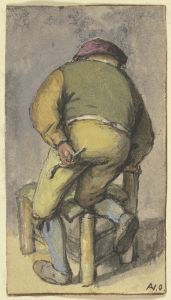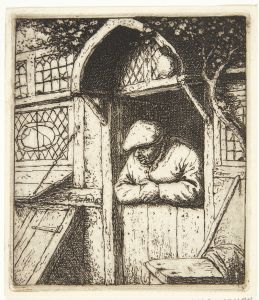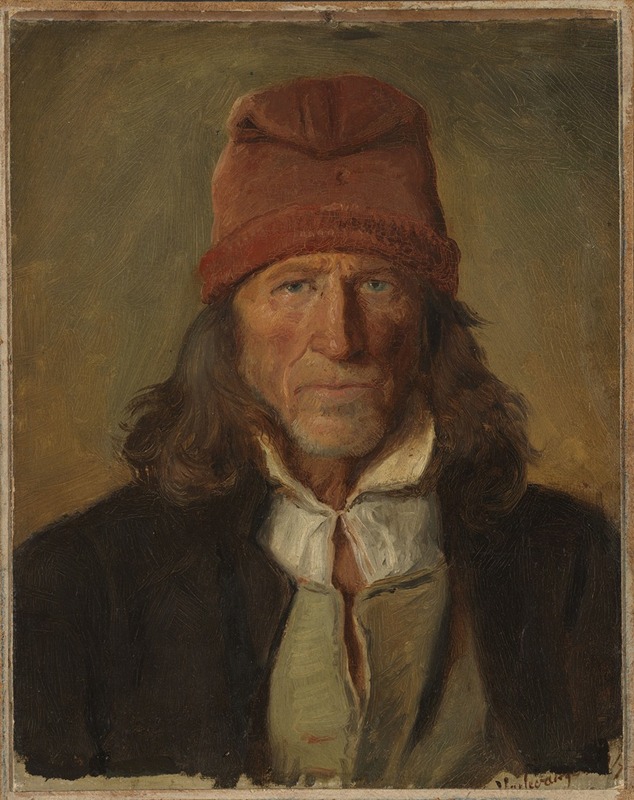
Portrait of a Farmer from Vossevangen
A hand-painted replica of Adolph Tidemand’s masterpiece Portrait of a Farmer from Vossevangen, meticulously crafted by professional artists to capture the true essence of the original. Each piece is created with museum-quality canvas and rare mineral pigments, carefully painted by experienced artists with delicate brushstrokes and rich, layered colors to perfectly recreate the texture of the original artwork. Unlike machine-printed reproductions, this hand-painted version brings the painting to life, infused with the artist’s emotions and skill in every stroke. Whether for personal collection or home decoration, it instantly elevates the artistic atmosphere of any space.
Adolph Tidemand's "Portrait of a Farmer from Vossevangen" is a painting created by the renowned Norwegian artist Adolph Tidemand, who is widely celebrated for his depictions of Norwegian rural life and traditional culture during the 19th century. The painting portrays a farmer from Vossevangen, a village in the Voss municipality of Western Norway, known for its rich cultural heritage and picturesque landscapes.
Adolph Tidemand (1814–1876) was a central figure in Norwegian Romantic Nationalism, a movement that sought to highlight and preserve Norway's unique cultural identity during a period of growing national consciousness. His works often focused on the lives of ordinary people, capturing their customs, attire, and daily activities with meticulous detail and a sense of dignity. This emphasis on rural life and tradition resonated deeply with the Norwegian public and contributed to the development of a national identity.
"Portrait of a Farmer from Vossevangen" exemplifies Tidemand's skill in portraying individuals with authenticity and respect. The farmer in the painting is depicted wearing traditional Norwegian clothing, which reflects the regional costume of Vossevangen. Such attire often included distinctive patterns, colors, and designs that varied by region and were an important aspect of Norwegian cultural expression. Tidemand's attention to detail in rendering the clothing and facial features of his subject demonstrates his commitment to accurately documenting the traditions of rural Norway.
The painting is also notable for its focus on the individual, emphasizing the farmer's character and presence. Tidemand's use of light and shadow adds depth and realism to the portrait, while the neutral background ensures that the viewer's attention remains on the subject. This approach aligns with Tidemand's broader artistic philosophy, which sought to elevate the everyday lives of ordinary people and present them as worthy subjects of fine art.
While the exact date of the painting's creation is not specified, it is consistent with Tidemand's broader body of work, which often explored themes of rural life and cultural heritage. The painting is part of a larger tradition of 19th-century European art that sought to document and celebrate local traditions in the face of modernization and industrialization.
"Portrait of a Farmer from Vossevangen" remains an important example of Adolph Tidemand's contribution to Norwegian art and cultural history. Through this work, Tidemand not only preserved a visual record of Norway's rural traditions but also helped to foster a sense of national pride and identity during a transformative period in the country's history.





